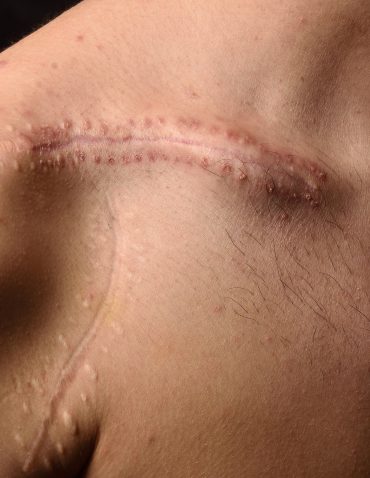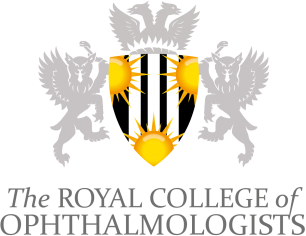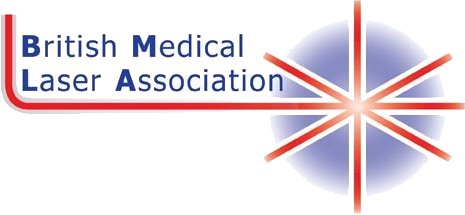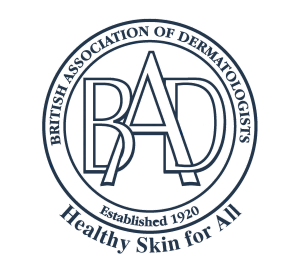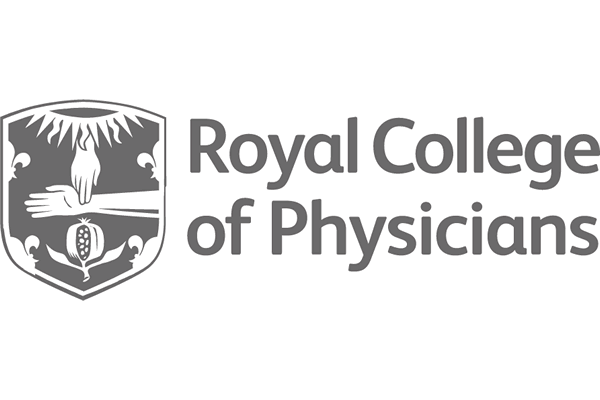Scars are almost a certainty of life. As a natural part of the healing process, scars appear on the skin from different types of injuries and conditions. Commonly, scars are left on the skin following burns, acne, surgery, trauma and accidents. Beyond the damage to the surface of the skin, there can also be considerable psychological impact on a patients’ confidence and well-being.
Whilst scars cannot be completely erased, their appearance can be reduced with several treatment options. This guide looks at various ways to get rid of scars.
What Is a Scar?
A scar is left behind when the skin suffers a certain level of damage or trauma. It is typically formed of fibrous tissue, generated to heal a wound and replace lost or damaged sections of skin cells. If you incur a cut for example, your body responds by rapidly making fibrous tissue to fill the wound and join the broken skin back together – that tissue appears as a scar.
Scars are notable for their differences in colour and texture compared to regular, healthy skin. Some are rough and lumpy. Others are notable for being a shade or two lighter (or darker) than the surrounding skin’s natural colour. Their appearance depends on numerous factors like your skin type, age, how the skin was formed and the location of the scar. Even diet impacts scar aesthetics and texture.
The scars look different because they are made of tissue different from the surrounding skin, and scar tissue is usually thicker and more demanding than regular skin. It also has no hair follicles, so scars can stand out more in areas where you would usually have bodily hair, like on the arms or legs.
Can My Scar Be Removed?
The first thing to note about scars is that they can rarely be completely removed or wiped away. While many people wish that were possible, and there are some rare cases where scarred sections of skin can be surgically removed, the vast majority of scars are not suitable for this. Instead, they are treated in less invasive ways that help to improve their appearance and reduce their prominence.
There are various scar treatments available. These include non-invasive options, like gentle creams, or invasive alternatives, like surgery. There is no single “best method” and that is why it is crucial to consult with a scar specialists. This is the only sure way to receive an individual treatment plan to reach the best possible outcome.
Understanding Scars: What Makes Every Scar Unique?
As mentioned earlier, many elements play a part in how a scar looks and forms, like your age, your skin type, even your genetics, and the type and severity of the wound that triggered the scar in the first place. For example, a scar left behind by an acne breakout will be comprehensively different from one caused by a cut or a surgical scar after an operation.
As such, every scar is unique, a one-of-a-kind formation formed by the specific mix of circumstances that led to its creation. That is why treatment must also be uniquely tailored to each one when it comes to reduce the appearance of scars.
Type of Scars
Scars can be classified into various groups according to their appearance and cause:
Fine-Line
The most common variety and can occur post-surgery. They take the form of narrow lines varying in length. They are sometimes slightly raised but usually flatten out and fade with time.
Atrophic
Appear as little but deep holes within the skin, like dark, sunken pores. Often left behind after bad acne pimples or chickenpox.
Hypertrophic
Most commonly raised and firm, they can impede the movement and sensation of the surrounding area. However, they do flatten and fade over time.
Keloid
Difficult to deal with, these scars are big, raised, and firm. They sometimes get even bigger than the original wound and rarely fade without treatment.
Contracture
Usually the result of burning. These scars feel tight and sometimes painful, especially when you need to move a lot.
Scar Treatment Options – How to Get Rid of Scars?
Scars will rarely completely disappear. However, there are various treatments that can improve their appearance. Here is a closer look at some of those treatment options:
Non-Invasive Treatments
The safest and lowest-risk options. Non-invasive options are also usually the most affordable, though they may not provide the immediate impact of other, more invasive alternatives.
Topical Treatments
Creams and lotions may nourish the skin with key vitamins, proteins and acids to promote natural healing or brighten the scarred area.
Chemical Peels
A chemical solution applied to the skin peels away the surface layer (some peels may penetrate even deeper) and encourages the regrowth of fresher and younger-looking skin.
Laser Therapy
Various types of lasers cause micro-injuries to the skin’s surface, encouraging the body to respond with its healing processes. This can help new skin cells form around scar tissue to make it less visible, improve flexibility and ease associated symptoms, like itchiness or soreness of a scarred area.
Minimally Invasive Options
The next step up is the minimally invasive treatments that goes deeper into the skin – typically using injections and needles – to heal and fade scars from within.
Radiofrequency Microneedling
Radiofrequency microneedling combines radiotherapy to heat and stimulate the skin with micro-needle injections that make tiny injuries in the top layer, triggering the skin’s healing processes and collagen production.
Fillers
The use of fillers involves injecting dermal filler substances, like hyaluronic acid or polynucleotides, beneath the skin’s surface. The filler substances replenish collagen stocks or help the skin heal and nourish itself more thoroughly, thereby making scars fade and shrink. Fillers can also be used to plump up depressed areas of the skin to create a smoother contour.
Scar Revision Surgery
Finally, we have the invasive option—scar revision surgery. This procedure involves making an incision around the scar and removing the scarred tissue from the skin. Sutures and adhesives are then used to join the surrounding pieces of skin back together and allow the body to heal naturally. Local anaesthetic will be used throughout the process.
This is one of the only known methods to erase a scar from the skin entirely. But scar revision, like other forms of surgery, leaves a scar. The final scar should be smaller, neater, and less visible than the original, but you have to be prepared to end up with at least some level of scarring.
Scar revision surgery is best reserved for larger, deeper, and more serious scars that cause pain, uncomfortable movement, or have a markedly different texture and look compared to the surrounding skin that cannot be improved with other treatments.
Tips for Scar Maintenance
Professional treatment is the best and most immediately effective way to improve scar appearance. But there are also several lifestyle adjustments and sensible habits you can adopt to help maintain scarred skin, reduce the prominence of scars, and prevent them from getting any worse, like:
Sun Protection
UV damage often makes scars worse, drying out and damaging the deeper layers of skin in and around the scar tissue. Always use sunscreen, layers of clothing and other measures to safeguard your skin against the sun.
Diet
Nutrition has a direct influence on skin health and appearance. Eating a balanced diet, with collagen-rich foods like fish and lean proteins combined with fruits, veggies, should help your skin stay healthy and strong.
Smoking
Smoking is not merely bad for the lungs and heart. It also has negative impacts on the skin. It can induce premature signs of ageing, dryness, and discolouration and impede the skin’s natural healing responses, exacerbating scarring.
Specialist Assistance
Monitor your scars closely and look for any worrying changes or red flags, such as pain, swelling, redness, or scars that harden or grow in size. If you have any concerns, speak with a specialist.
Why Choose The London Scar Clinic?
The London Scar Clinic is a dedicated expert group of Plastic Surgeons, Dermatologists and Allied Healthcare Professionals working together to offer a comprehensive and holistic approach to the effective assessment, management and treatment of scars. We treat different types of scars with different characteristics including, but not limited to, traumatic, surgical, hypertrophic / keloid, atrophic, hypopigmented, hyperpigmented for both adults and children.


